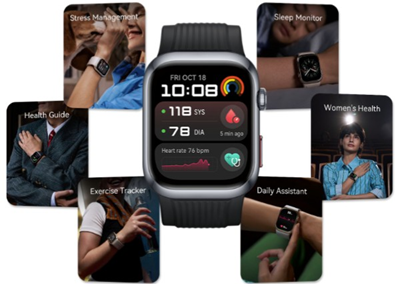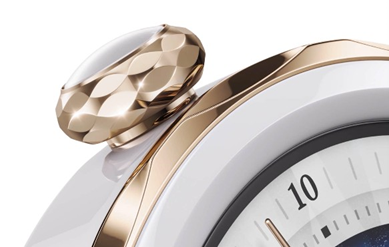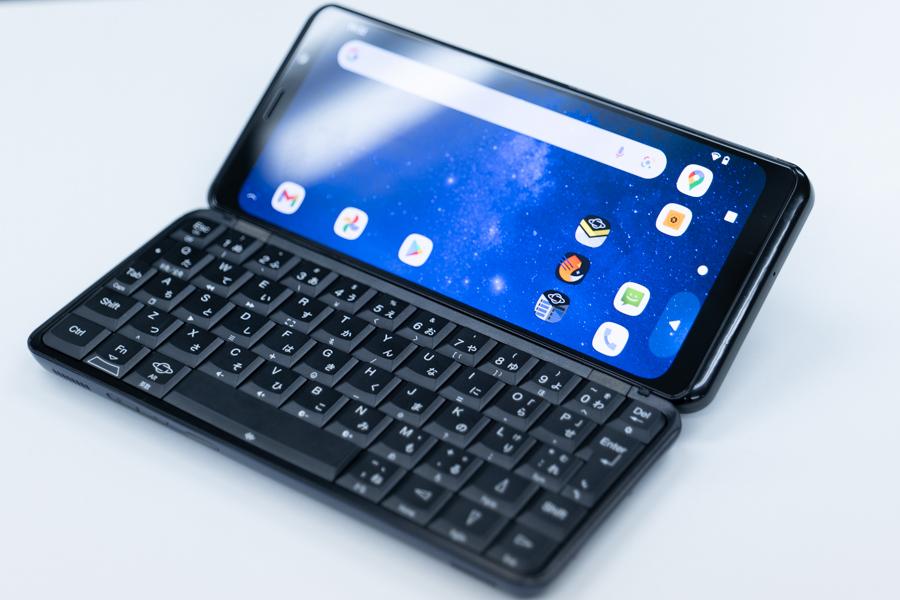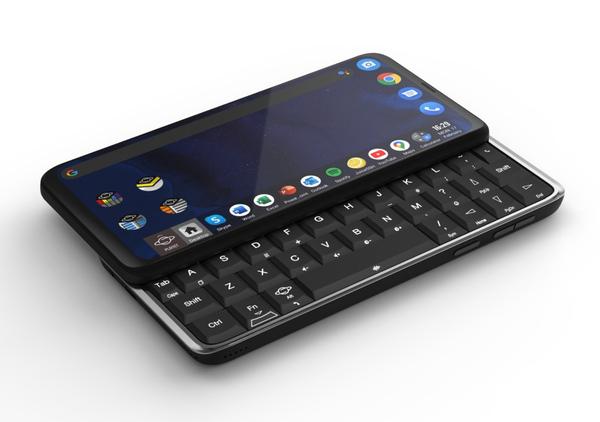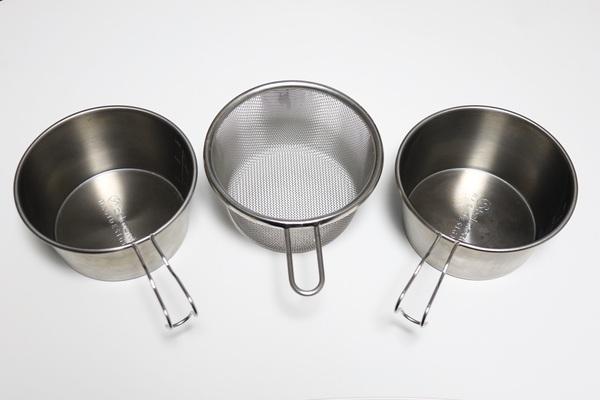Compare USB-A and USB-C Cables in Applications
- 752
- 98
Compare USB-A and USB-C Cables in Applications
- By huaweicomputers
- 07/07/2025
As technology evolves at a rapid pace, so too do the accessories we rely on, especially the humble USB cable. Among the most commonly used types are USB-A and USB-C cables, each with unique characteristics, strengths, and use cases. While USB-A has been a standard for years, USB-C is quickly gaining dominance due to its advanced functionality and versatility.
To make the right choice for your devices and usage scenarios, it’s important to understand how USB-A and USB-C cables compare across different applications.
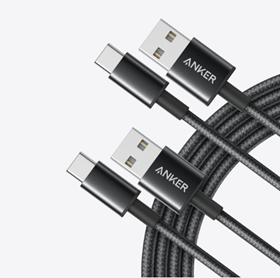
Different Cables, Different Capabilities
Let’s dive into where each cable type shines, whether for charging, data transfer, or compatibility across devices.
Charging Speed and Power Delivery
USB-C cables clearly outpace usb a when it comes to power delivery. Modern USB-C cables support USB Power Delivery (PD) technology, capable of delivering up to 240W of power. This makes them ideal for fast-charging smartphones, tablets, and even laptops. In contrast, USB-A cables typically max out around 12W to 18W, limiting their effectiveness for rapid charging or powering high-demand devices. If fast charging is essential, USB-C is the clear winner.
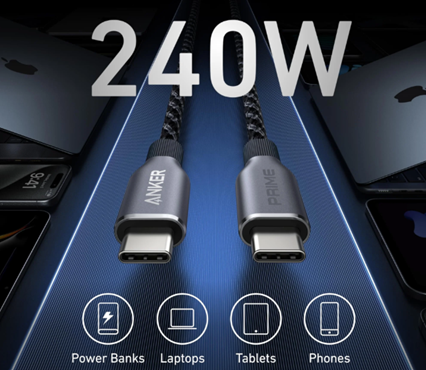
Data Transfer and Connectivity
In terms of data transfer rates, USB-C cables once again take the lead. With support for USB 3.2, USB4, and Thunderbolt protocols, USB-C cables can transfer data at speeds up to 40Gbps. This is a major advantage for applications like transferring large files, video editing, or syncing multiple devices. USB-A cables, particularly older models, are limited to USB 2.0 or USB 3.0 speeds (480Mbps to 5Gbps), making them less suitable for heavy-duty data applications.
Device Compatibility
USB-A cables have the upper hand in sheer legacy support. From printers and external hard drives to game consoles and routers, many devices still use USB-A ports, making these cables essential for backwards compatibility. USB-C, while becoming the new standard, is primarily found on newer gadgets, such as modern smartphones, tablets, laptops, and accessories. For users with a mix of old and new devices, a hybrid setup or adapters may be necessary to bridge the gap.
Port Orientation and Ease of Use
One of USB-C’s most user-friendly features is its reversible connector. You can plug it in either way—there’s no more flipping it three times to get it right. USB-A, however, only plugs in one way, which can be frustrating, especially in low-light or awkward angles. In terms of design and convenience, USB-C makes everyday use smoother and more intuitive.
Versatility in Application
USB-C cables are incredibly versatile and support not just charging and data, but also video output and audio transmission. With the proper adapters or direct support, USB-C can connect to HDMI displays, output 4K video, or serve as a single-cable solution for docking stations. USB-A does not support native video or audio transmission, making it more limited in multi-functional scenarios. For users looking for all-in-one utility, USB-C is unmatched.
Travel and Portability Considerations
For travelers or mobile professionals, USB-C’s compact form factor and multifunctionality are a big plus. Carrying a single USB-C cable that can charge your laptop, transfer files, and connect to an external display reduces clutter. While USB-A cables may still be useful for older hotel room ports or airplane seat outlets, they are less future-proof and require multiple cables for multiple tasks.
Final Thoughts
USB-A cables continue to serve well in a world full of legacy devices and simpler tasks, while USB-C cables rise to the occasion with faster speeds, higher power capacity, and broader functionality. As device ecosystems modernize, USB-C is poised to become the universal standard. Understanding the strengths and ideal applications of each cable type helps you stay connected, more efficiently and effectively than ever.


